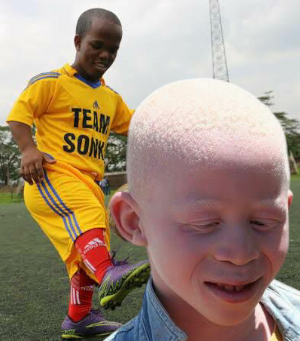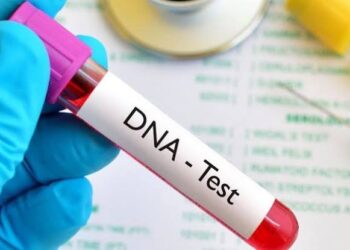
Human beings come in many forms, each uniquely shaped by the wonders of biology and genetics. Among the many variations in appearance and development are conditions like dwarfism and albinism—often misunderstood, but entirely natural.
Understanding the Genetic Blueprint
Every person inherits a set of genes—roughly 20,000 to 25,000—from their parents. These genes act as instructions for how our bodies grow and function. Occasionally, a small change—or mutation—in a gene can result in differences like shorter stature or lighter pigmentation. These changes are usually random and natural. They’re not the result of wrongdoing or misfortune, but simply part of how life evolves.
What Causes Dwarfism?
Dwarfism is a condition where an individual grows significantly shorter than average. The most common form, Achondroplasia, is caused by a mutation in the FGFR3 gene, which plays a key role in bone development.
In about 80% of cases, this mutation occurs spontaneously in families with no history of the condition.
If one parent has Achondroplasia, there’s a 50% chance it will be passed to their child.
If both parents have it, there’s a 25% chance the child may inherit a more severe form, sometimes with serious health complications.
There are over 300 known types of dwarfism, each with its own genetic pattern—some inherited dominantly (only one copy of the gene needed), others recessively (both parents must carry the gene).
What Causes Albinism?
Albinism is a genetic condition where the body produces little or no melanin, the pigment responsible for skin, hair, and eye color. People with albinism often have very light skin and hair, and many also experience vision challenges due to how melanin affects eye development.
Most forms of albinism are inherited in a recessive pattern, meaning both parents must carry the gene—even if they don’t show any signs of the condition.
When both parents are carriers, there’s a 25% chance with each pregnancy that their child will have albinism.
Albinism can affect people of all backgrounds and appears in several forms, such as Oculocutaneous Albinism (OCA) and Ocular Albinism (OA).
Why Do These Conditions Keep Occurring?
Genetic diversity is the cornerstone of human survival and evolution. Variations—whether visible or not—help us adapt and grow as a species. While some genetic mutations lead to noticeable traits like dwarfism or albinism, they are not flaws. They are simply natural expressions of our genetic complexity.
Even if a family has no known history of a condition, new mutations can occur at any time. And in the case of recessive traits, a gene may be silently passed down for generations before reappearing in a child.
In the End…
Differences like dwarfism and albinism are part of the incredible spectrum of human life. They remind us that nature doesn’t work from a single blueprint—and that diversity, in all its forms, is something to understand, respect, and embrace.











